Machine Learning and Artificial Intelligence for computational nuclear data
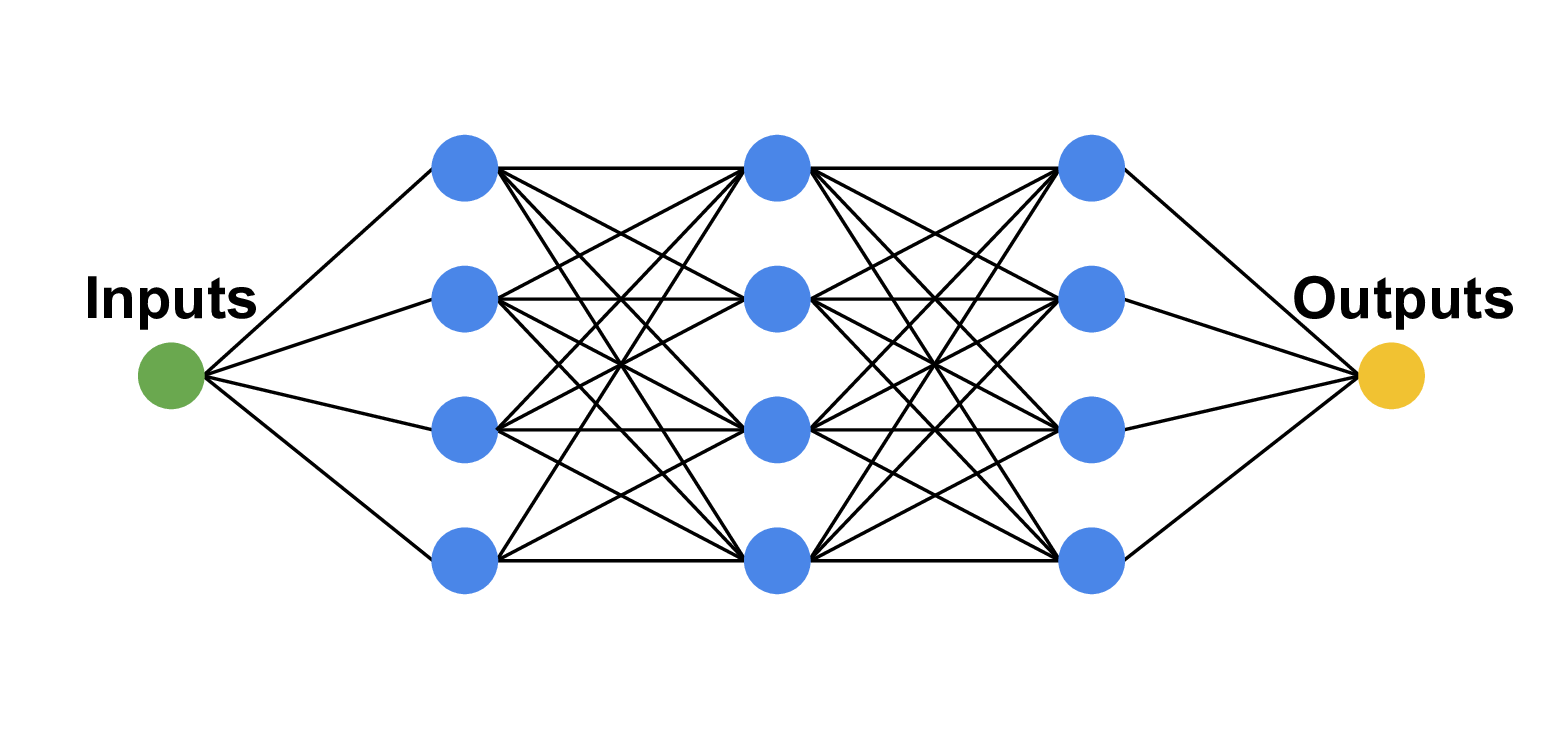

LA-UR-21-30576
Matthew Mumpower
IAEA AI4Atoms Workshop
Monday October 25$^{th}$ 2021

Nuclear Data Team
Theoretical Division

Los Alamos National Laboratory Caveat
The submitted materials have been authored by an employee or employees of Triad National Security, LLC (Triad) under contract with the U.S. Department of Energy/National Nuclear Security Administration (DOE/NNSA).
Accordingly, the U.S. Government retains an irrevocable, nonexclusive, royaltyfree license to publish, translate, reproduce, use, or dispose of the published form of the work and to authorize others to do the same for U.S. Government purposes.
Nuclear Data is Ubiquitous in modern applications

Example: fission yields are needed for a variety of applications and cutting-edge science
Industrial applications: simulation of reactors, fuel cycles, waste management
Experiments: backgrounds, isotope production with radioactive ion beams (fragmentation)
Science applications: nucleosynthesis, light curve observations
Other Applications: national security, nonproliferation, nuclear forensics
Nuclear data from a forward problem perspective

When we model nuclear data we think of it as a 'forward' problem
We start with our model and parameters and try to match measurements / observations
This is an extremely successful approach and is precisely how nuclear theory modeling for nuclear data works
Mathematically: $f(\vec{\boldsymbol{x}}) = \vec{\boldsymbol{y}}$
Where $f$ is our model, $\vec{\boldsymbol{x}}$ are the parameters for the model and $\vec{\boldsymbol{y}}$ are the predictions
Forward problem... problems...

There can be many challenges with this approach
For instance, how do we update our model if we don't match data?
This can be challenging
We don't always know what modifications are required or the physics could be very hard if not impossible to model given current computational limitations (e.g. many-body problem)
Treating this as an 'inverse problem' provides an alternative approach...
Nuclear data from an inverse problem perspective

Suppose we start with the nuclear data (and its associated uncertainties)
We can then try to figure out what models may match relevant observations
This approach allows us to vary and optimize the model!
Mathematically, still: $f(\vec{\boldsymbol{x}}) = \vec{\boldsymbol{y}}$; but we want to now find $f$; fixing $\vec{\boldsymbol{x}}$
Machine learning and artificial intelligence algorithms are ideal for this class of problems...
An example of how this works (from my life)
My son Zachary has been very keen on learning his letters from an early age
Letters are well known (this represents the data we want to match to)
But the model (being able to draw - eventually letters) must be developed, practiced and finally optimized
This is a complex, iterative process - it takes times to find '$f$'!
An example of how this works (from my life)
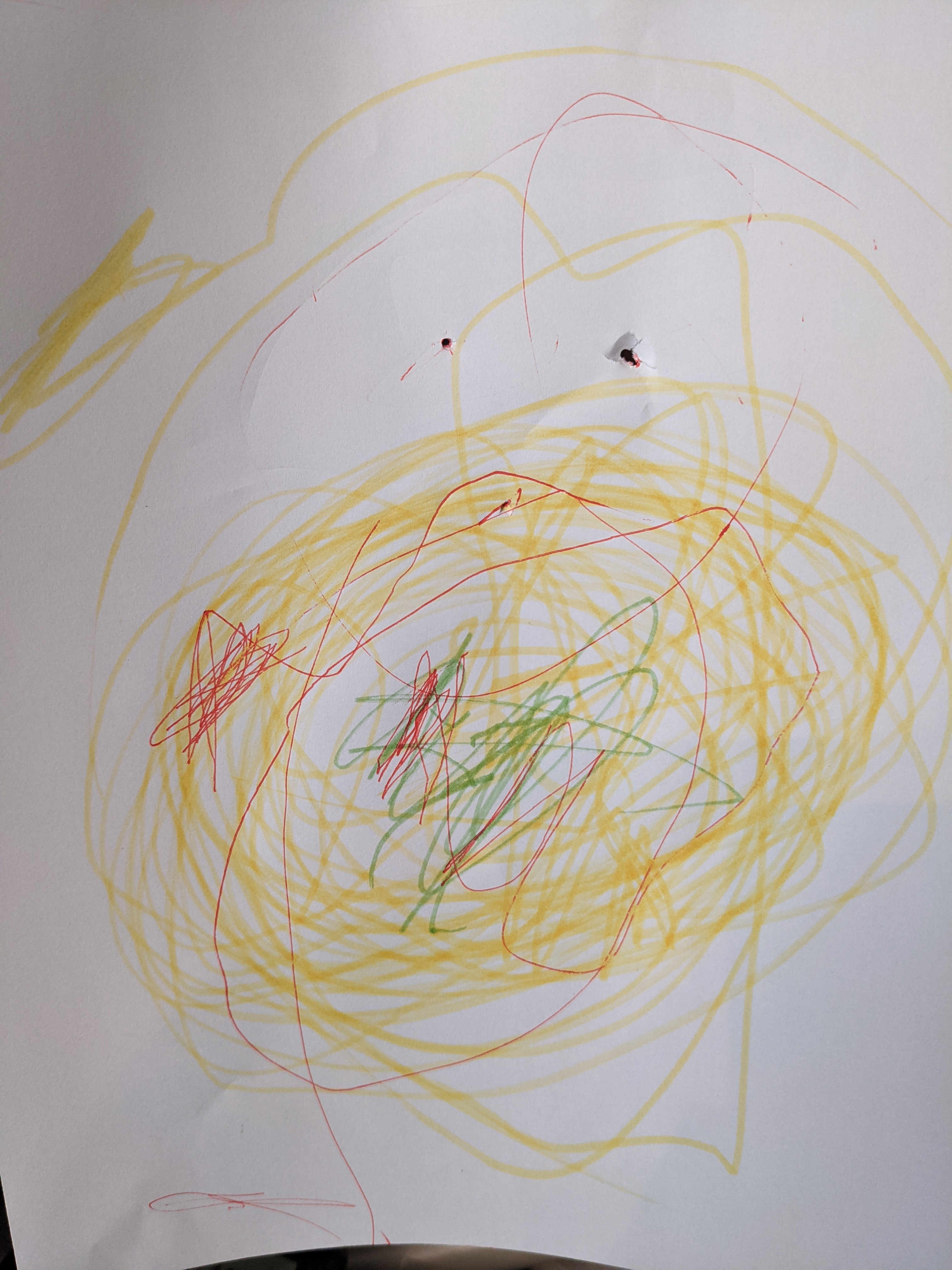
Example from 1 years old; random drawing episode; time taken: 10 minutes
An example of how this works (from my life)
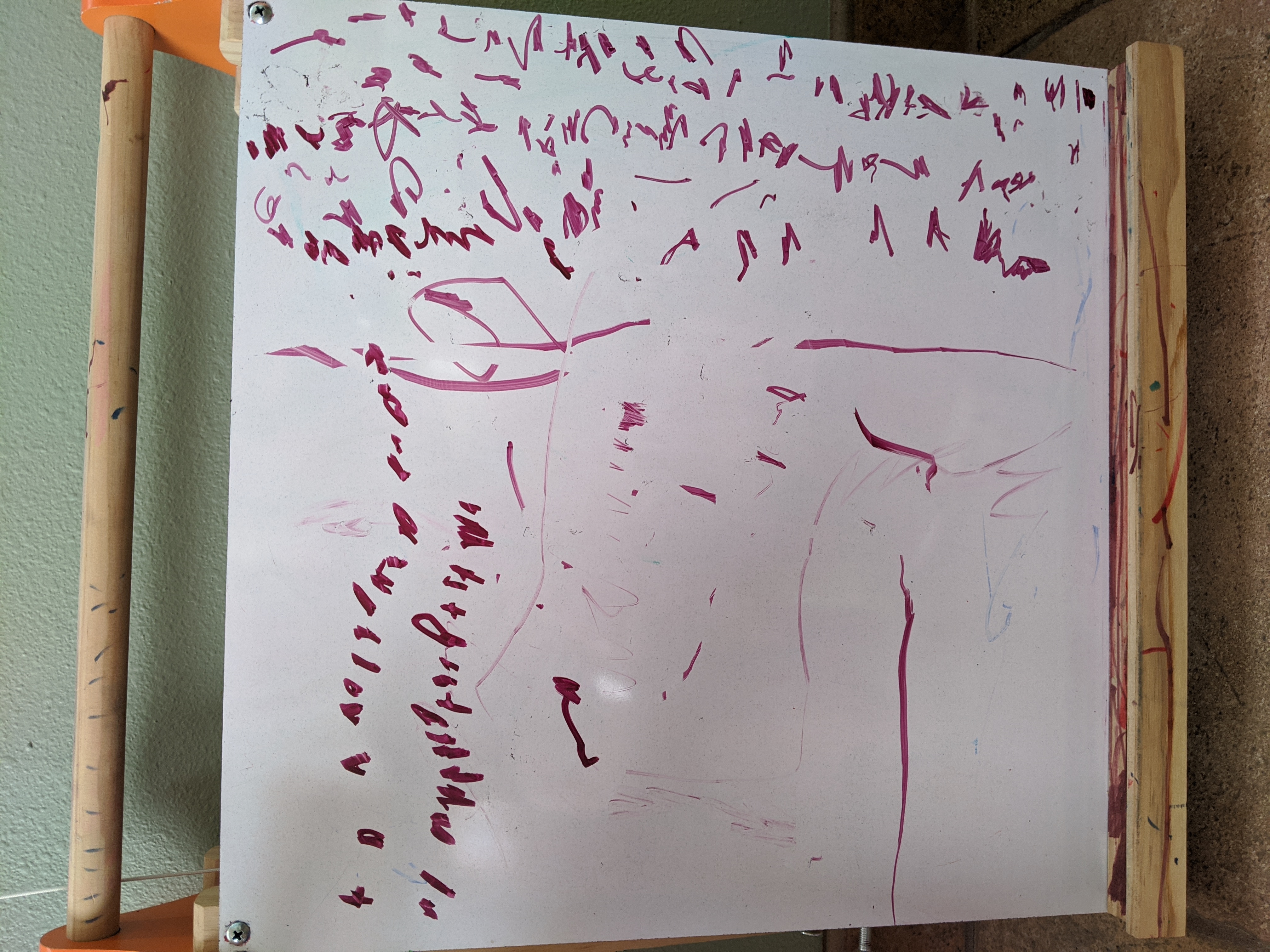
Example from 2.5 years old; first ever attempt to draw letters / alphabet; time taken: 2 hours!
An example of how this works (from my life)

Example from 3.5 years old; drawing scenery; time taken: 10 minutes
An example of how this works (from my life)
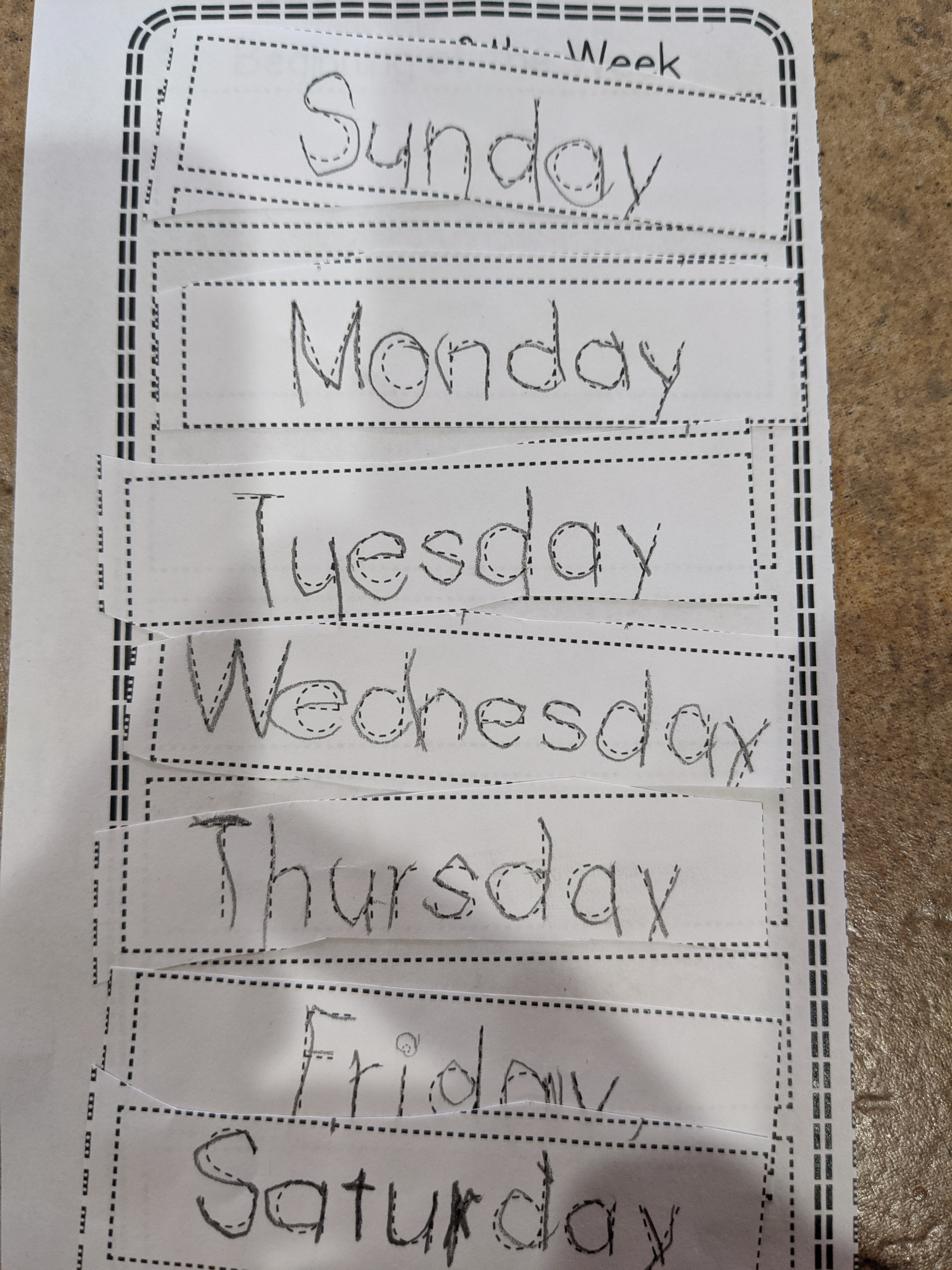
Example from 4 years old; tracing the days of the week; time taken: 30 minutes
Let's apply this idea to nuclear data...
A relatively easy choice is a scalar property; how about atomic binding energies (masses)?
Recall: $f(\vec{\boldsymbol{x}}) = \vec{\boldsymbol{y}}$
$f$ will be a neural network (a model that can change)
$\vec{\boldsymbol{y}_{obs}}$ are the observations (e.g. Atomic Mass Evaluation) we want to match $\vec{\boldsymbol{y}}$ with
But what about $\vec{\boldsymbol{x}}$?
Why not a physically motivated feature space!?
proton number ($Z$), neutron number, ($N$), nucleon number ($A$), etc.
This is a completely different approach than past work
Past work relies on matching model residuals: $\vec{\boldsymbol{y}}$ = (model output) - data
Why not use data as data, rather than mixing model output and data!? (this is difficult to interpret and understand)
Network feature spaces ($\vec{\boldsymbol{x}}$)
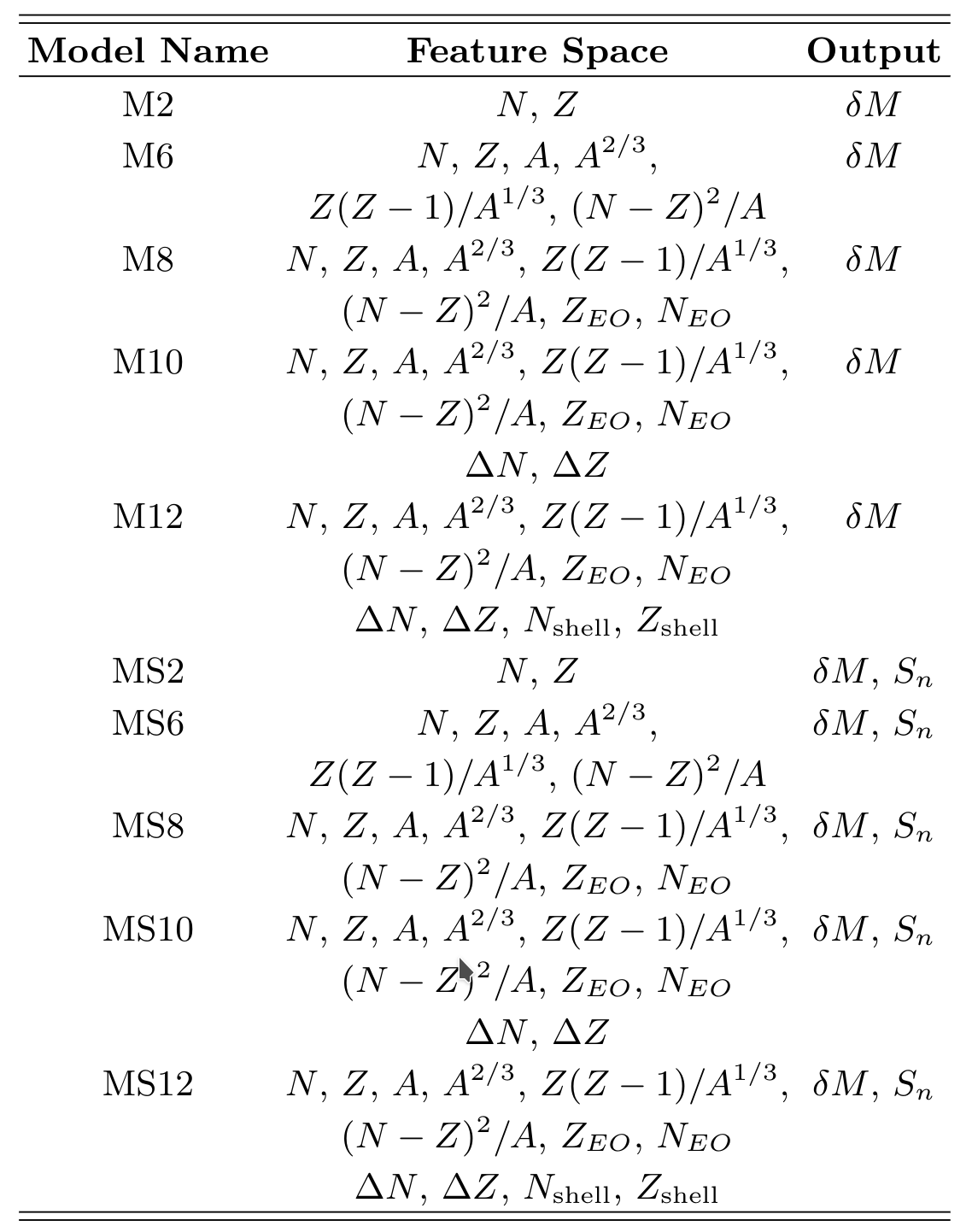
We use a variety of possible physically motivated features as inputs into the model
Mixture Density Network
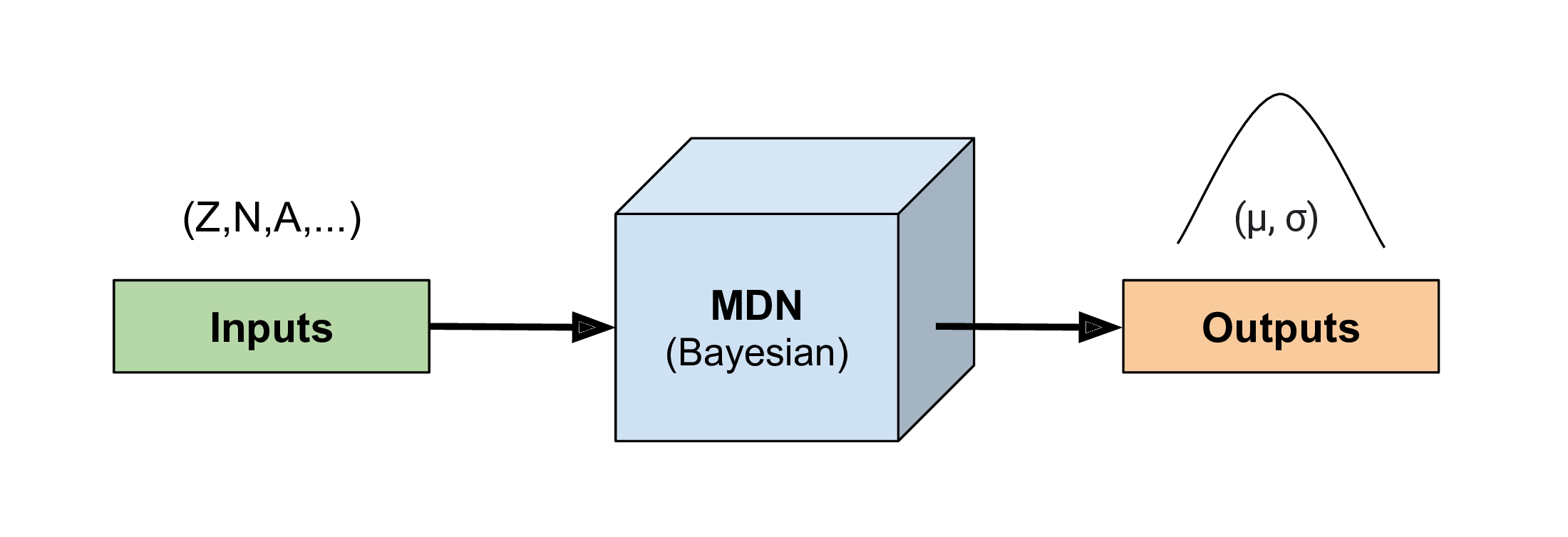
We take a Bayesian approach: our network inputs are sampled based on nuclear data uncertainties
Our network outputs are therefore statistical
We can represent outputs by a collection of Gaussians (for masses we only need 1)
Our network therefore, also provides a quanitfied estimate of uncertainty (fully propagated through the model)
Results: predicting atomic masses
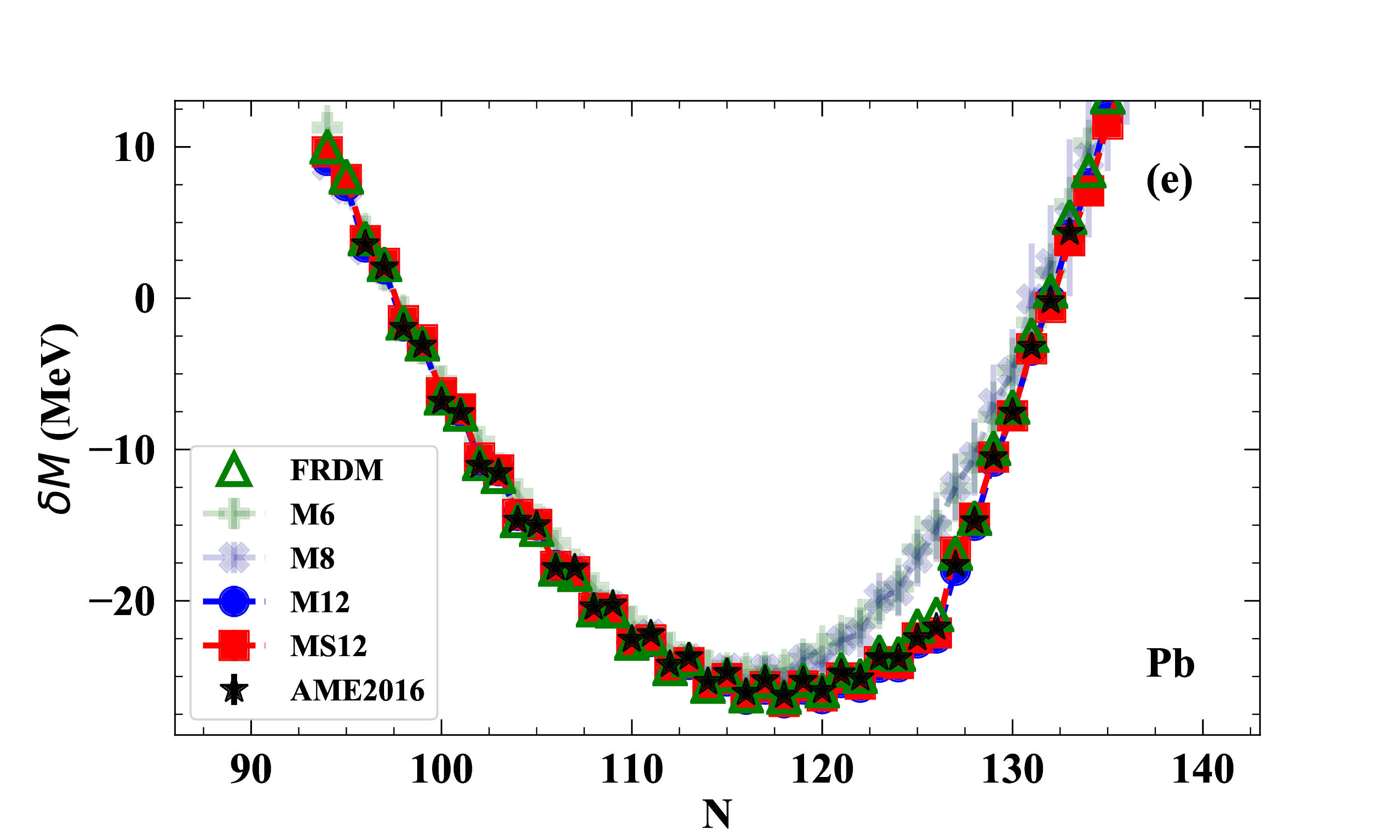
Here we show results along the lead (Pb) [$Z=82$] isotopic chain
Data from the Atomic Mass Evaluation (AME2016) in black stars
Increasing sophistication of the model feature space indicated by M##
Results: predicting atomic masses
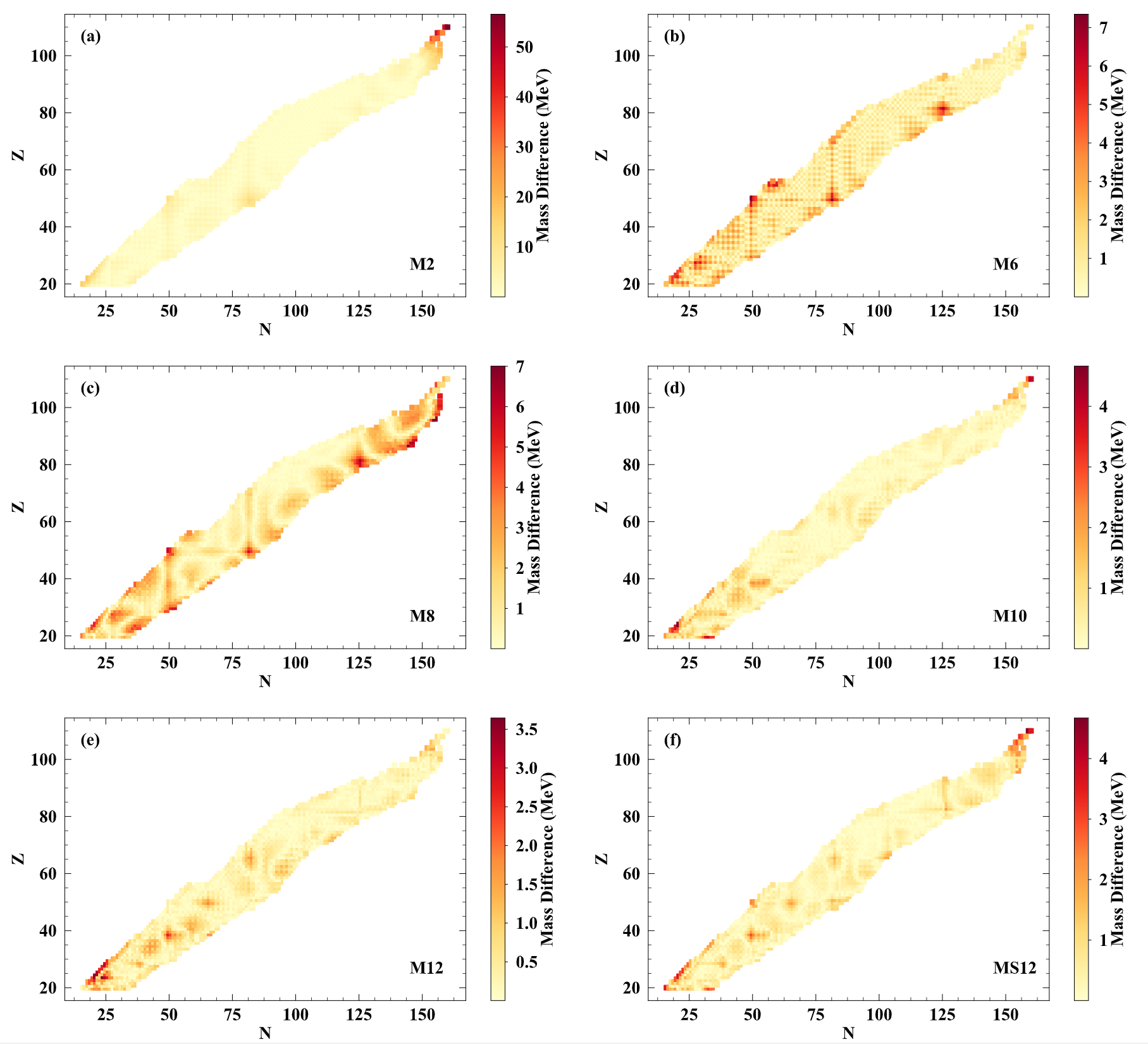
Results across the chart of nuclides with increasing feature space complexity
Note the decrease in the maximum value of the scale
Results: predicting atomic masses
A summary of results
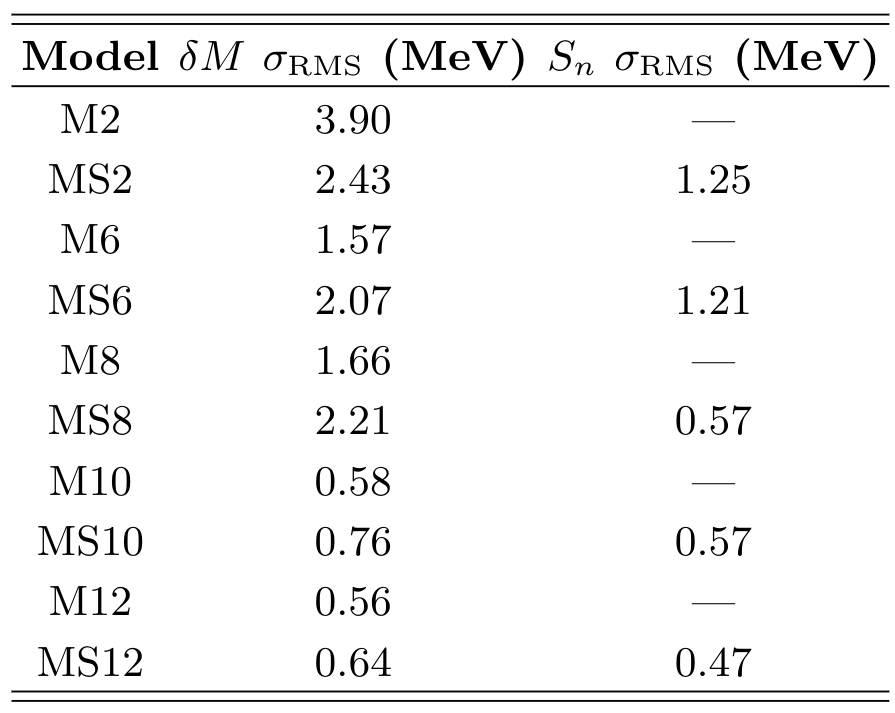
Some lessons learned:
More physics added to the feature space → the better our description of atomic masses
Attempting to fit and predict other mass related quantities (e.g. separation energies) does impact our results (although marginal compared to choice of feature space)
We do not need deep neural networks to describe atomic masses; nor for extrapolations!
Special thanks to
My collaborators
A. Lovell, A. Mohan, & T. Sprouse
▣ Postdoc

And to my son Zachary for the use of his drawings
Summary
We are entering the era of computational nuclear data
Recent advances:
Los Alamos is developing a state-of-the-art computational nuclear data framework
This framework can combine measurements, observations and theoretical modeling to produce nuclear data with well-defined uncertainties that can be easily interpreted and shared with the community
As an example, we showed in this talk binding energies of atomic nuclei with a Bayesian neural network
Our methods are general and can be applied to any physical quantity or system
Results / Data / Papers @ MatthewMumpower.com
